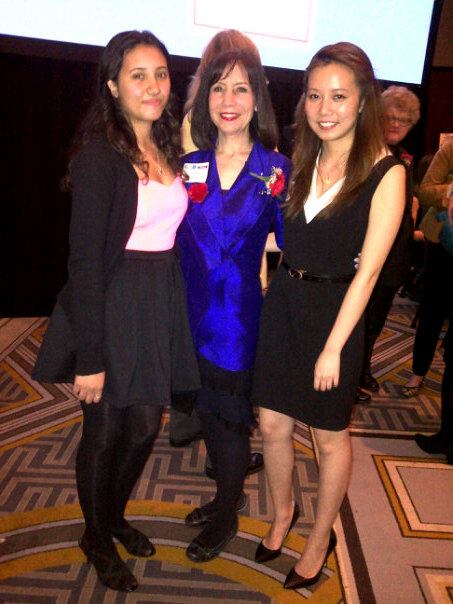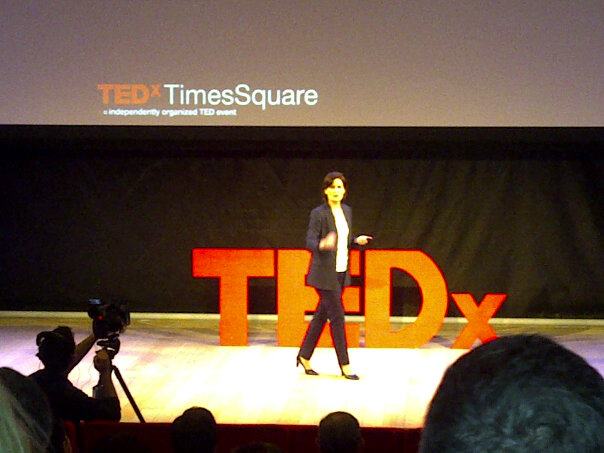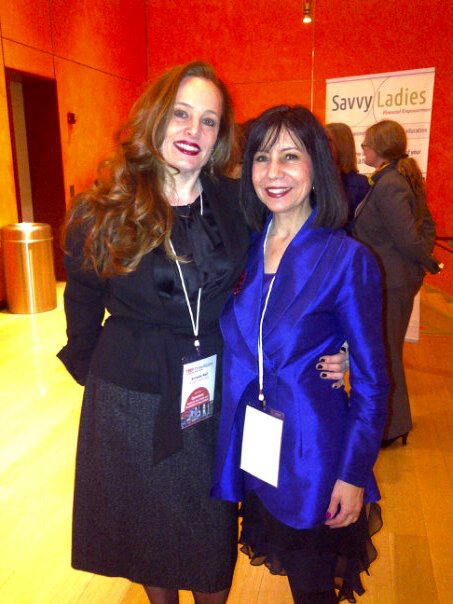 Vernice Armour, the first African American woman combat pilot, wrote an article in Speaker Magazine entitled, "The Gutsy Move". In the article, she relates what she learned in her military career and shared 5 mission-critical steps to realizing your goals.
In reading these steps, I realized they had a lot of application to success in public speaking and presentations. Here are Ms. Armour's 5 tips:
Vernice Armour, the first African American woman combat pilot, wrote an article in Speaker Magazine entitled, "The Gutsy Move". In the article, she relates what she learned in her military career and shared 5 mission-critical steps to realizing your goals.
In reading these steps, I realized they had a lot of application to success in public speaking and presentations. Here are Ms. Armour's 5 tips:
1. Establish clarity with your flight plan.
The first thing I ask my coaching clients is, "What is your intention? Why are you doing this?" And from there, we set a clear outcome. This is another way of saying, "Start with the end in mind." Too many speakers start working in PowerPoint. Your intention comes before your structure.
2. Create courage with pre-flight.
The biggest fear is public speaking. The first step in assuaging that fear is to prepare. The formula for successful speaking is 90% preparation and only 10% delivery. Preparation mitigates the unknown zone. The more you know about your topic, your audience, and the venue, the more confident you will feel. Use a presentation checklist to keep you on track.
3. Power up for takeoff.
Just like any pilot fires up the engines, a public speaker needs to get ready to speak. That involves mental conditioning, practicing out loud, timing and recording yourself. A speech coach will help you get ready to be your best. If you can't hire a speech coach, you can practice your speech at a toastmasters meeting, or in front of friends and colleagues.
4. Embrace execution.
Once you've prepared, the big moment comes when you're in the spotlight. Have the confidence that you already know your message and speak from the heart. Forget all about the perfect hand gesture or the ideal entrance. Be authentic and the audience will embrace you and your message. If you forget one of your points, the audience will not know. You can always say it a different way.
Interact with your audience through polling questions, exercises, games and technology. You'll lose your self-consciousness when you are dialoguing, connecting, and sharing the platform.
5. Review, recharge, re-attack.
It ain't over 'til it's over. Joking aside, your presentation doesn't end when you hear the applause. The next step is to collect feedback, review your performance, and re-work or apply the lessons learned to your next speech. Provide a paper feedback form before you finish speaking or ask people to respond online, but they must answer the survey while you're in the room. Most people will not fill it out post-presentation.
When you're a fighter pilot, you do fly into the line of fire. You can breathe a sigh of relief as a public speaker because the line of fire is only in your mind. Follow these five steps to make the most of your speaking mission.







 New York (April 29, 2013) — Two students, Ashley and Fang Fang, stole the show last night as they gave their two minute acceptance speeches to 600 attendees at the
New York (April 29, 2013) — Two students, Ashley and Fang Fang, stole the show last night as they gave their two minute acceptance speeches to 600 attendees at the 
 Yesterday, I attended
Yesterday, I attended 
 I read an interesting story written by
I read an interesting story written by  Vernice Armour
Vernice Armour I recently read an article by Dylan Kendall entitled, "
I recently read an article by Dylan Kendall entitled, " Professional speakers who are satisfied with the status quo will surely find their audience slipping away. Just like the car replaced the horse and buggy, dynamic, interactive presentations are replacing the talking head. Today, public speakers have to play a bigger game in order to give a
Professional speakers who are satisfied with the status quo will surely find their audience slipping away. Just like the car replaced the horse and buggy, dynamic, interactive presentations are replacing the talking head. Today, public speakers have to play a bigger game in order to give a 



 Words are dying.
Words are dying.